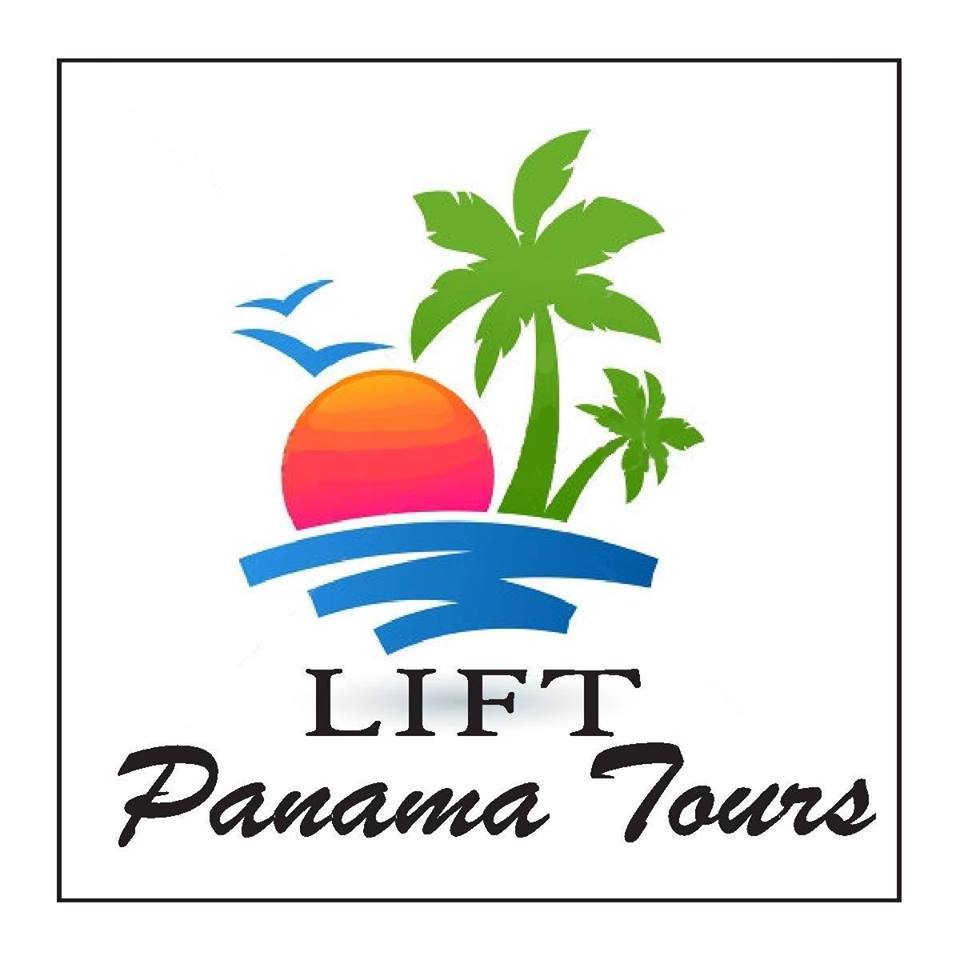The Panama Canal has been in Panamanian hands for 25 years since the Torrijos Carter Treaty was fulfilled in 1999. The Panama Canal is the greatest symbol of the generational struggle of Panamanians for their national sovereignty, as President José Raúl Mulino recalled, and now, 25 years after its transfer to the Panamanian state by the US, faces the threat of the elected ruler of that country, Donald Trump, to demand its “return.”
Last Tuesday marked 25 years since December 31, 1999, when the United States handed over the administration of the highway to Panamanian hands, a historic milestone for Panama, which that same day also said goodbye to the presence of American troops for almost 100 years. years in the extinct “Canal Zone”, a about 1,500 square kilometers protectorate.
Since then, the Canal has been a key axis for Panama’s economy and achievement of the historical struggle to recover its sovereignty, a particularly sensitive issue in this society.
The Panama Canal has been in Panamanian hands.
Attempts to create an interoceanic canal date back to the 16th century, since King Charles I of Spain and V of Germany were the first to order topographical studies to be carried out with a view to the construction of a road that would connect the Atlantic with the Pacific.
At the end of the 19th century, the Frenchman Ferdinand de Lesseps, who had built the Suez Canal, tried to make “the French Canal” in Panama without success. Diseases and the harsh conditions of the tropics killed 22,000 people, thus shortening the dream of building this great work.
After the failure of the French, the United States began the construction of the interoceanic waterway in 1904 – a year after separating from Colombia – after ratifying with Panama the Hay-Bunau-Varilla Treaty that gave the United States “the concession of the canal.” in perpetuity for the development of an area of the canal (…) over which it would exercise its sovereignty,” according to the Canal’s website.
On August 15, 1914, the Canal was inaugurated with the passage of the steamship “Ancón”, news that was overshadowed by the outbreak of the First World War in Europe.
The Americans had completed the most important modern engineering work of the 20th century: an 80-kilometer road that linked the Pacific and Atlantic Oceans, saving ships months of navigation and also boosting global maritime trade.
Torrijos-Carter Treaties, key to delivery of the Canal
General Omar Torrijos (1929-1981), one of the leaders of the military coup in Panama in 1968 against the then president Arnulfo Arias and who was head of the Panamanian State until he died in 1981 in an air accident, had a clear objective: the Panamanian sovereignty over the Canal.
During those years, the United States administered the interoceanic waterway with some tense moments due to the beginning of Panamanian sentiment about its sovereignty, encouraged mainly by the nationalist ideas of Torrijos.
On January 9, 1964, 21 students were killed by US forces while trying to raise the Panamanian flag in the then Canal Zone. That feat was a turning point in the long process of generational struggles for the recovery of Panama’s sovereignty in the Canal.
After years of negotiations, in 1977, the then US president Jimmy Carter and Torrijos signed the “Torrijos-Carter Treaties” at the headquarters of the Organization of American States (OAS), which sealed in detail the reversion of the Canal to Panama and put an end to the US military presence on December 31, 1999.
Carter (1924-2024), whom Panamanians remember as a friend for his role in the recovery of sovereignty over the waterway, died this Sunday, December 29, at the age of 100 in his hometown of Plains, Georgia.
President Mulino regretted Carter’s death and appreciated that “his time in the White House marked complex times, which for Panama were crucial to negotiate and agree on the Torrijos-Carter Treaties in 1977, with which the transfer of the Canal to Panama was achieved. Panamanian hands and the full sovereignty of our country.
Trump and the importance of his threats
This December, Trump threatened to demand that the Canal be returned to the United States if the rates charged for the passage of ships were not lowered, at the same time that he once again complained about alleged Chinese interference (the second user of the waterway). ), as he did on previous occasions.
The US is the main user of the canal and also Panama’s largest commercial and political partner.
Los dichos de Trump fueron ampliamente repudiados en Panamá, que también recibió el respaldo de líderes internacionales. El presidente Mulino dejó claro que el canal «es panameño y lo seguirá siendo» ya que «es parte de la «historia de lucha y una conquista irreversible».
En ese sentido, el expresidente panameño (1978-1982) y exnegociador de los Tratados Torrijos-Carter de 1977, Aristides Royo, destacó a EFE que estos acuerdos y otras declaraciones bilaterales dicen que EE.UU. «nunca interferirá con la soberanía de Panamá, con su territorio, con su sistema político, y que se respetará absolutamente los términos del tratado».
If you want to know more about the Panama Canal and its history, and you are going to visit Panama, be sure to book our tour, where we will explain in detail the history of the Panama Canal.
